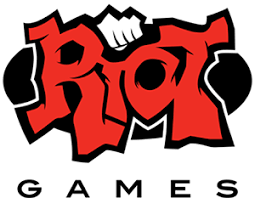What is the diegetic language of your game? The paratextual language? Are they different? How can you use them to support one another?
In Burrow the narrative and emotion behind the game is very important, and the environment needs to be able to support that context. Because our diegetic language is so heavily focused on the contrast between survival and comfort, our paratextual language in the game’s two scenes its made to emphasize these different emotions. The bunny’s burrow includes interaction with family members and a homey environment that provides comfort, and the outside forest is a hard environment, with more obstacles and a darker atmosphere that further pushes the sense of danger.
Write about one arcade/cabinet game and explain the relationship between the paratext (cabinet art) and diegetic elements. Did early game developers rely more on paratext to set context?
Pong is an example of how paratext and diegetic elements can work together to create an aesthetic. While it may look like the creators of Pong simply didn’t pay attention to aesthetics or paratext when creating the game due to its simplicity, this only makes the point of the game stronger. The mechanics and main goal of the game are very simple, with the object only being to hit a ball back to another player. Pong’s aesthetic/paratext simplicity goes hand-in-hand with this and rather than making up for mechanical simplicity with complicated imagery, Pong’s simplistic design is paired with simplistic art that stays away from over-complication.


